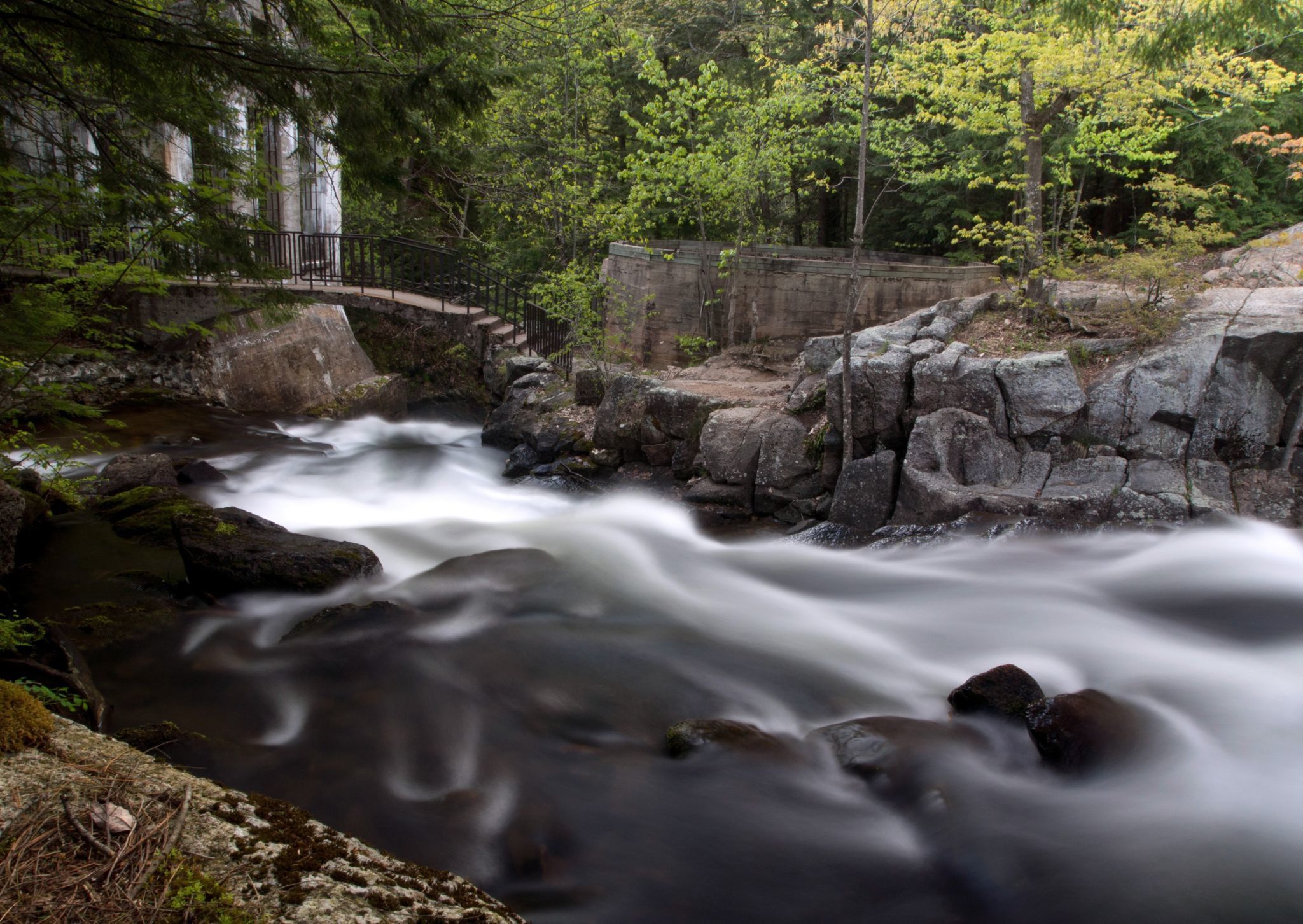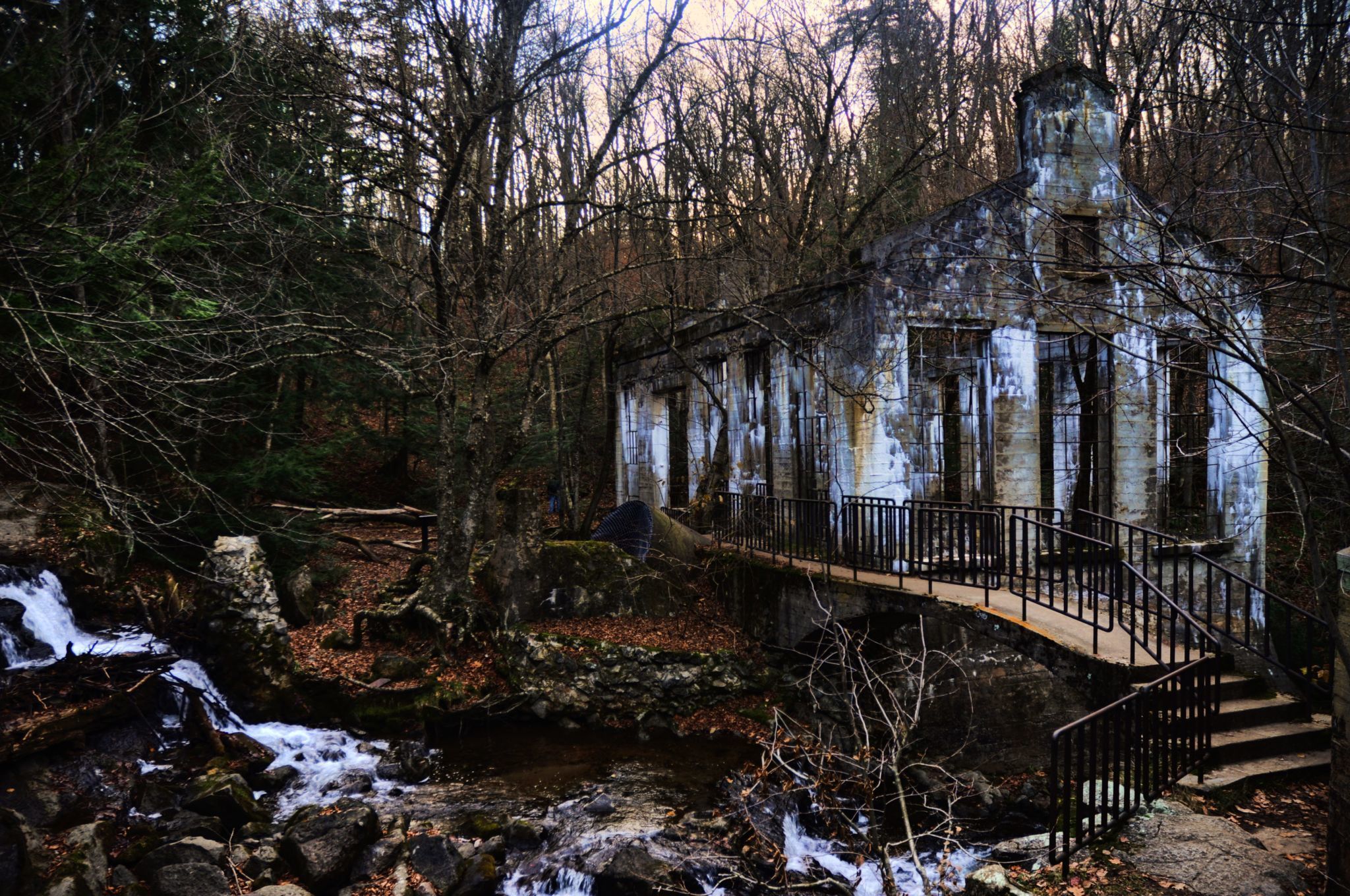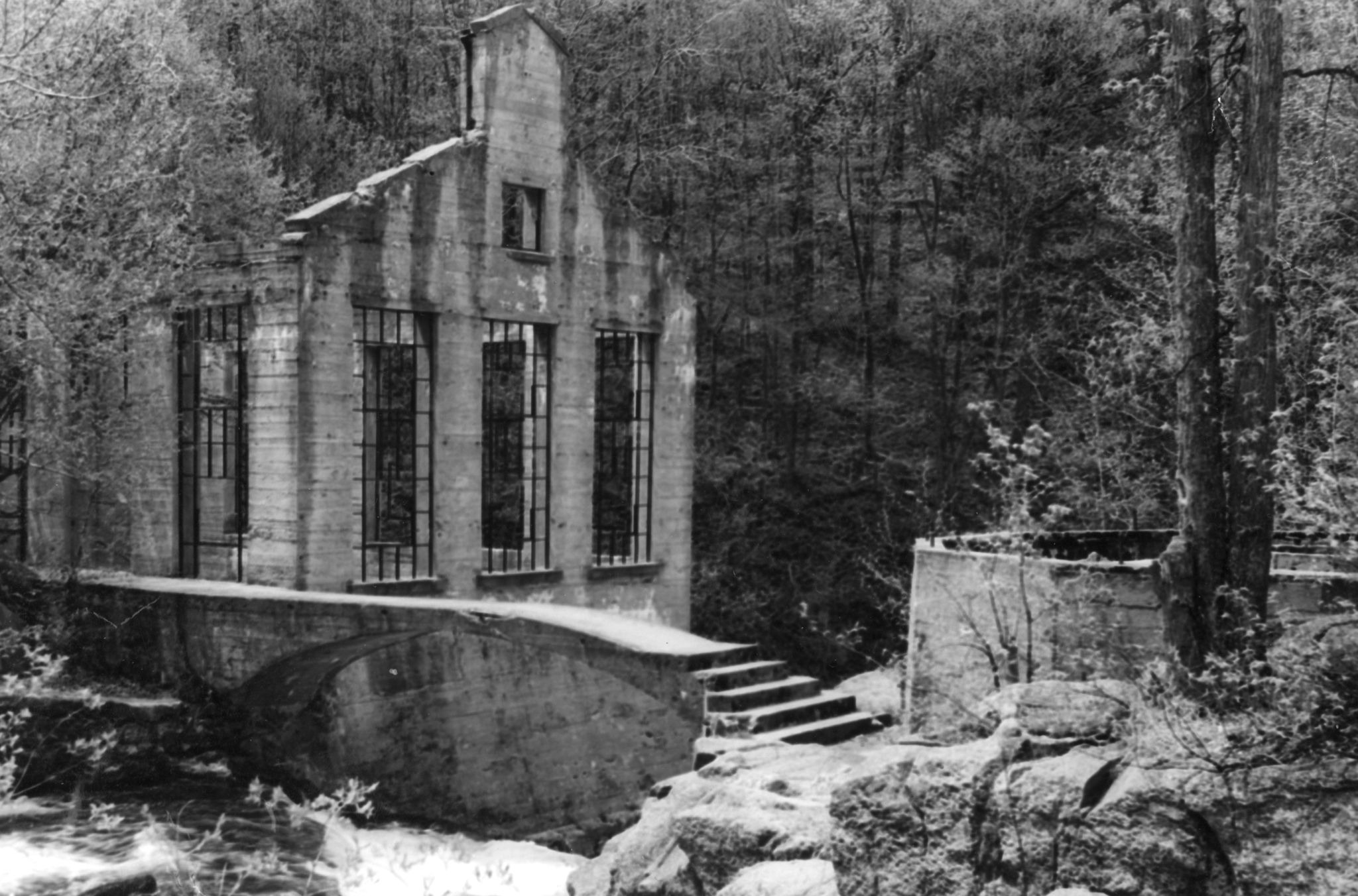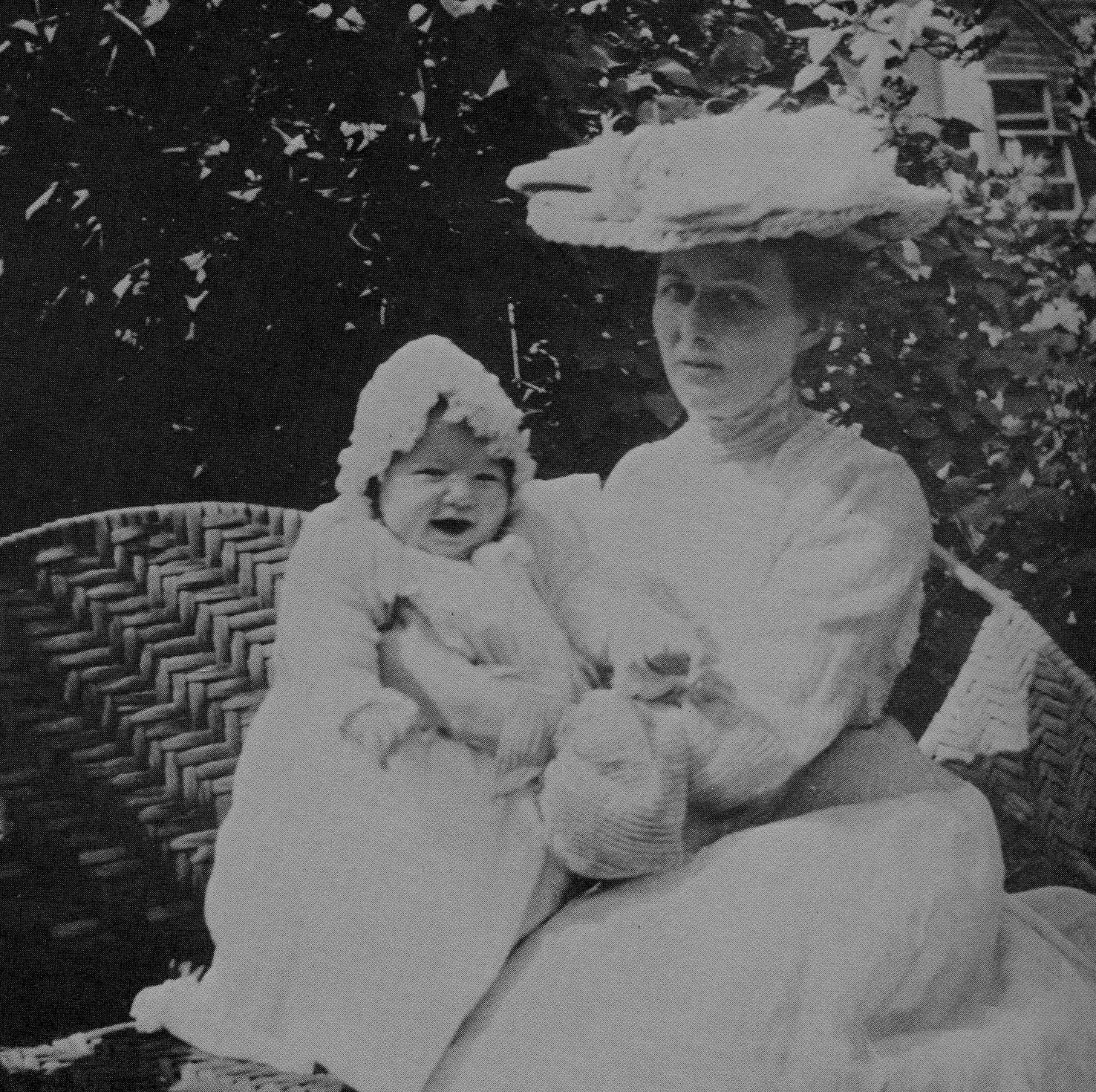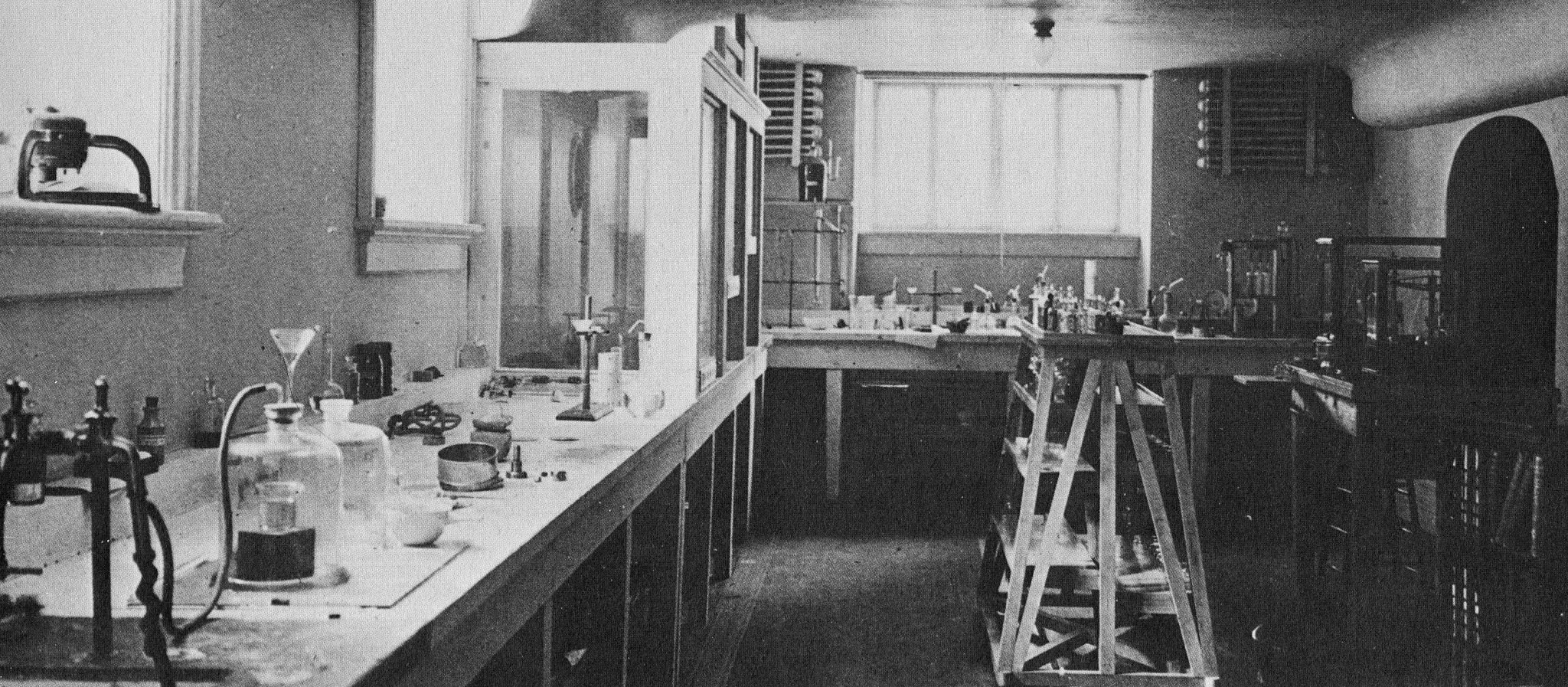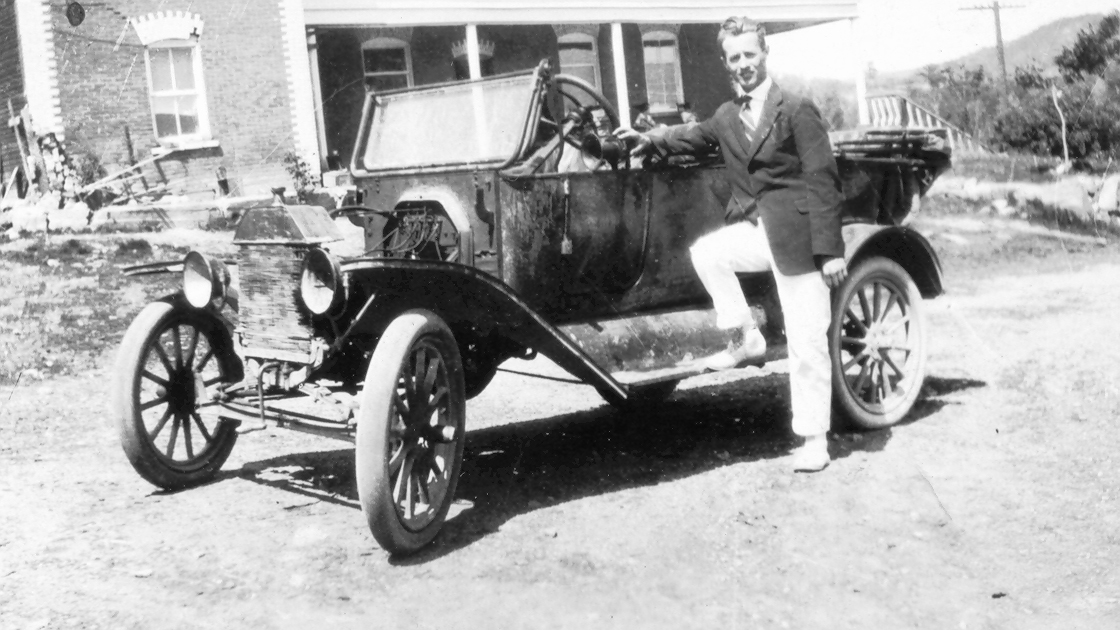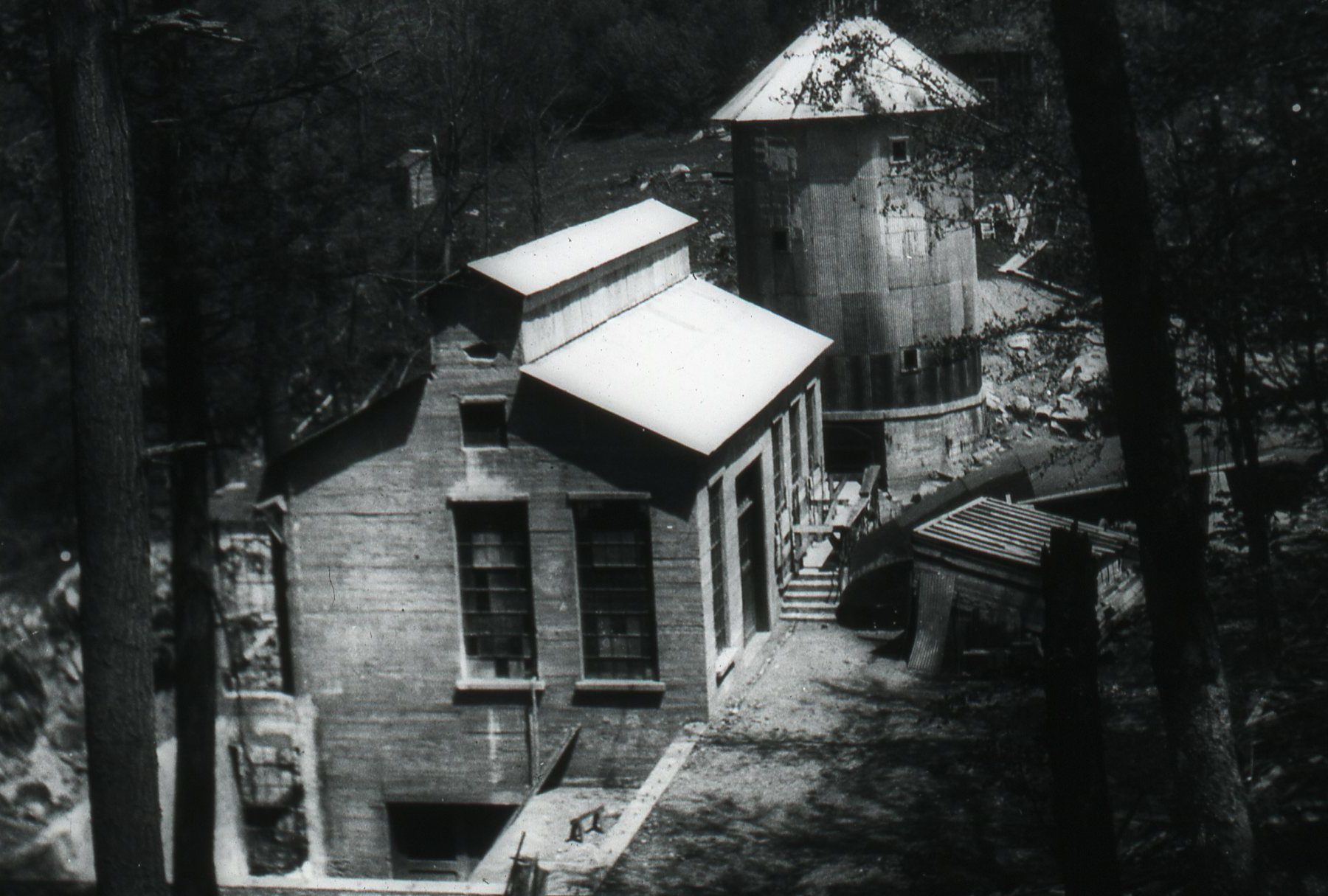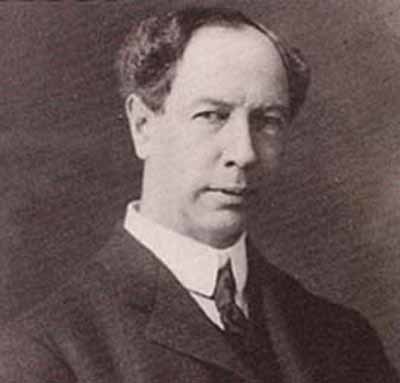Advisory
Please take note of the following before your visit.
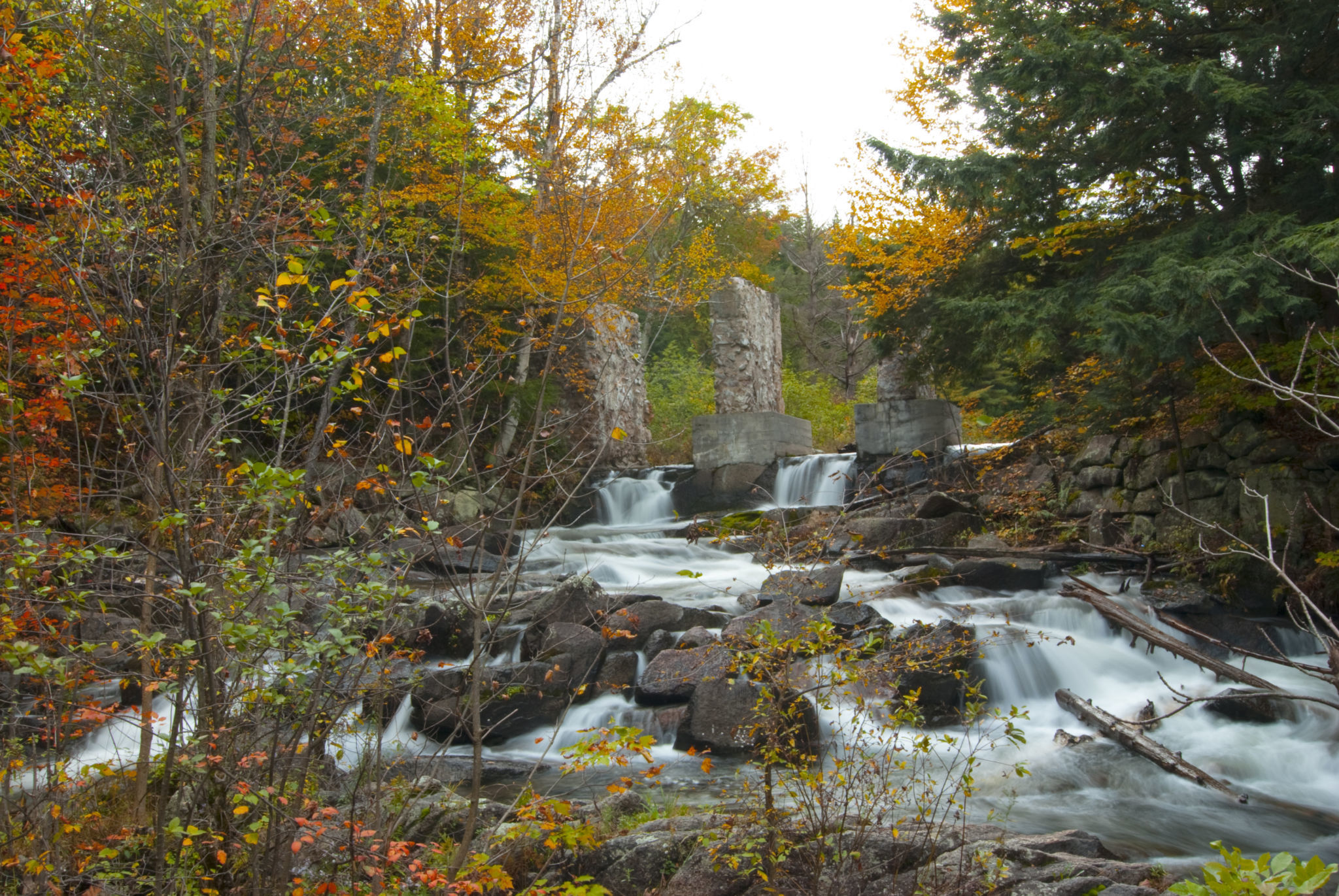
Nestled in the forest on the shore of Meech Lake, the ruins have a unique history. This beautiful, industrial heritage site is extremely popular with photographers.
Important
- Leave areas as you found them and do not climb on the ruins. Follow the principles of outdoor ethics.
- Swimming is prohibited.
- Dogs on leash are permitted in summer.
Visiting the ruins
In summer
The ruins are accessible on foot or by mountain bike. Take Trail 36 from parking lot P11 (3.25-km round trip).
In winter
The ruins are accessible on snowshoes, skis and by snow bike.
- On snowshoes, skis and by snow bike : Take trails 45 and 44 from parking lot P16 (12.2-km round trip).
- On skis: Take trails 36 (classic) and 36B (back-country) from parking lot P11 (3.25-km round trip).
Facilities
- Parking: A parking lot is available at O'Brien Beach (P11), on Chemin du Lac-Meech in Chelsea. Vehicle parking charges apply at certain times of the year.
- Washrooms: Washrooms are available at P11.
- Picnic tables: O'Brien Beach has a picnic area.
About the ruins
Thomas Leopold Willson
While frequent visitors to Gatineau Park may be familiar with the Carbide Willson ruins, the history of the man behind the buildings may remain a mystery to them. Born in 1860 in Woodstock, Ontario, Thomas Leopold “Carbide” Willson was a pioneer of the North American electrochemical industry, with over 70 patents in his name.
The inventor’s fame and his nickname “Carbide” come primarily from his discovery in 1892, while he was working in the United States, of a calcium carbide manufacturing process. As is often the case, this discovery resulted from a series of fortunate accidents.
In 1907, Willson purchased 460 acres of land at Meech Lake for his summer home. He used the site to advance his research on nitrogen. Four years later, he built a dam, a generating station and an acid condensation tower near his home, at Meech Creek, on the shore of Meech Lake. The entire complex formed a superphosphate (monocalcium phosphate) fertilizer plant. Unfortunately, in 1915, while in New York City trying to raise new venture capital, Willson collapsed in the middle of the street, struck down by a heart attack.
